In 1980, Mount St Helen erupted exploring ash into the sky and killing 57 people. The debris avalanche that followed covered acres. After the explosion, the volcano and surrounding area were designated as the Mount St Helens National Volcanic Monument. Today, this is one of the best attractions in Washington state and it makes an excellent day trip from Seattle or Portland. If you’ve decided to visit Mt St Helens, continue reading to see the one day itinerary that we followed and our favorite things to do in Mt St Helens National Monument along with some advice for booking accommodations and budgeting for your day trip.
There are so many things to do in Mt St Helens that will fill your day! The area is great for all ages and offers so many educational and interactive resources, hiking trails and amazing views.
Getting There and Around
Mt St Helens National Volcanic Monument is located 3 hours south of Seattle and an hour and a half north of Portland. This makes it a great day trip from Seattle or Portland. We visited Mt St Helens and Mt Rainier from Seattle in a long weekend. For a day or weekend trip to Mt St Helens, you will need to have a car. You could also consider taking a guided tour originating in Seattle or Portland as these are offered frequently and include transportation.
When to Visit
Normally we say something like “it’s great year round” and then we recommend a particular season for best viewing. However, this park is definitely best to visit in the summer. Part of what is amazing about this park is seeing the way the landscape has recovered from the Mt St Helens eruption. To see this in full effect, you need to visit in the summer when the landscape is in full bloom. As hiking is one of the most popular things to do in Mt St Helens, visiting in the summer will also give you predictable weather for your hike. June through September is best.
This park isn’t a very busy park if you compare it to it’s neighbor, Mt Rainier. So really visit anytime in the summer. However, visiting on a weekday will mean fewer crowds.
Mount St Helens Itinerary
Start your morning at the Science and Learning Center as you being to enter Gifford Pinchot National Forest and the home of Mt St Helens. From here you’ll learn about the history of the volcano, the eruption and the following land preservation efforts.
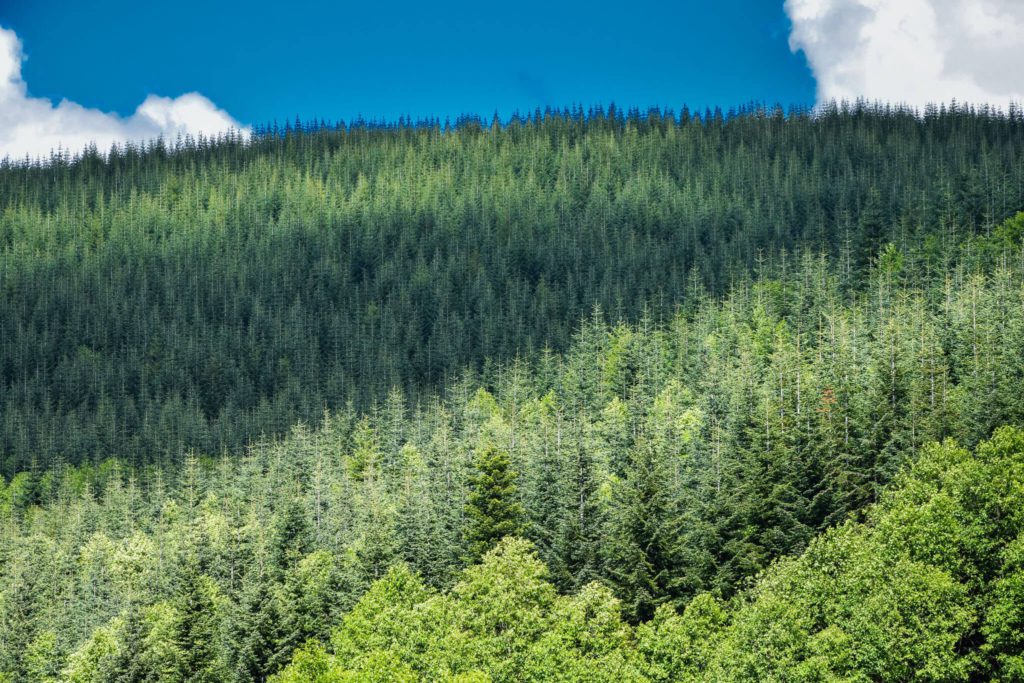
Also, we were awed by the trees here. Seriously! Look at them! They are uniform. They make your eyes go wonky because trees never grow uniformly – unless they were all planted at the same time after a giant volcano leveled everything previously growing there. Staring at these trees was one of our favorite things to do in Mt St Helens.
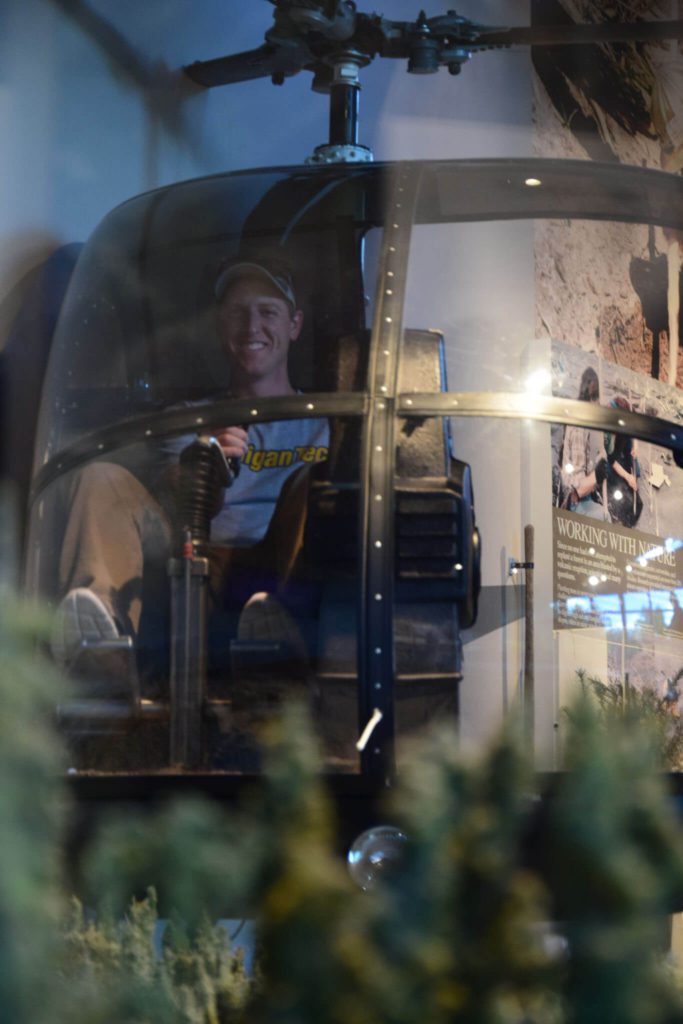
Next, drive all the way to the Johnston Ridge Observatory. At the Observatory learn about the science of volcanoes and enjoy the interactive experiences. Take time to watch the regularly screened film as well. The Johnston Ridge Observatory is one of the best things to do in Mt St Helens and should not be missed. Additionally, from the Observatory you’ll get some of the best views of the volcano.
Johnston Ridge Observatory is closed until at least spring of 2024 due to a washed out road that needs to be repaired.
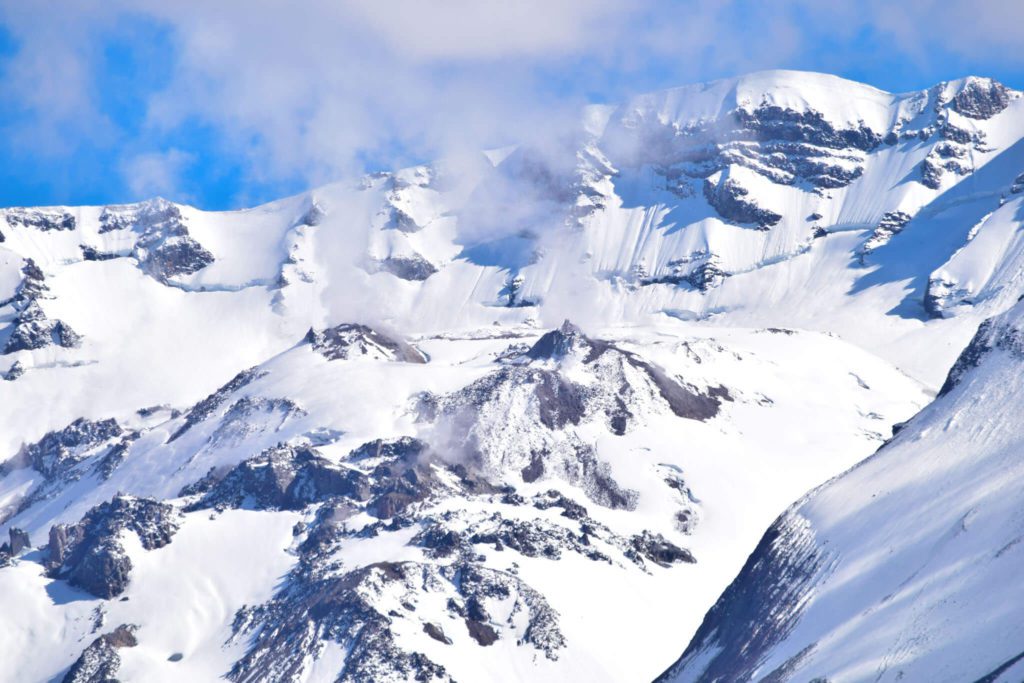
You may occasionally see the cone of the volcano letting off steam. We’re still in disagreement as to whether we were seeing clouds or steam when we visited.
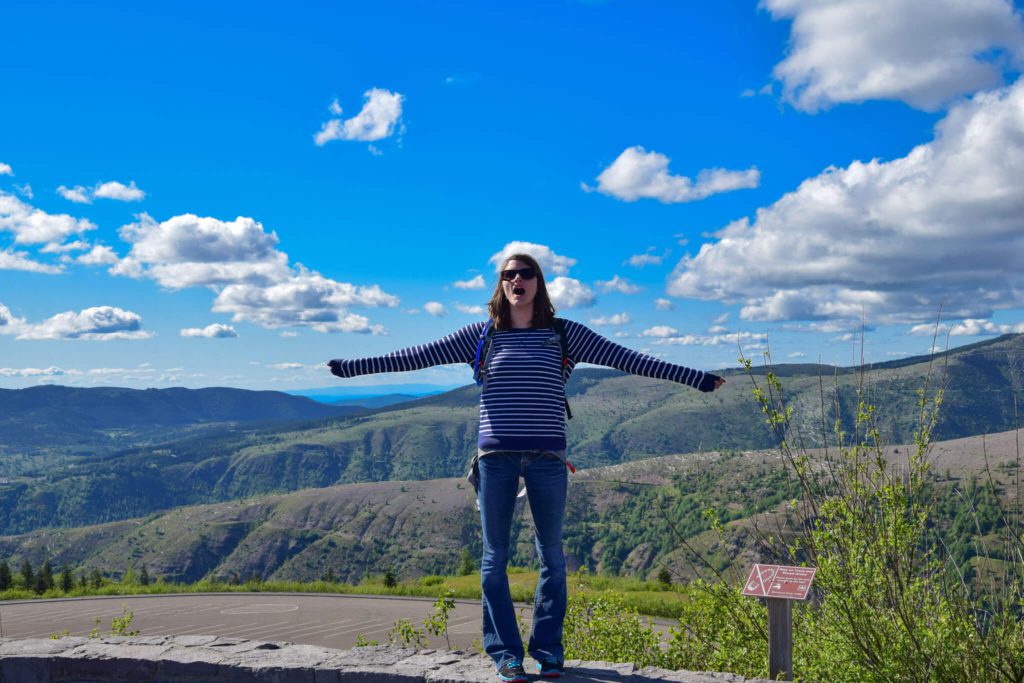
Next, spend some time hiking the amazing trails. Hiking is one of the most popular things to do in Mt St Helens. Some of the most popular hikes are the Boundary Trail, Harry’s Ridge Trail and the trails along Coldwater lake. We hiked a bit of them all. Spend as much or as little time hiking here as you like.
Additionally, you can also hike to the top of Mt St Helens. However, this requires more skill than we can speak to and it requires a permit. Explore the park’s information on climbing here.
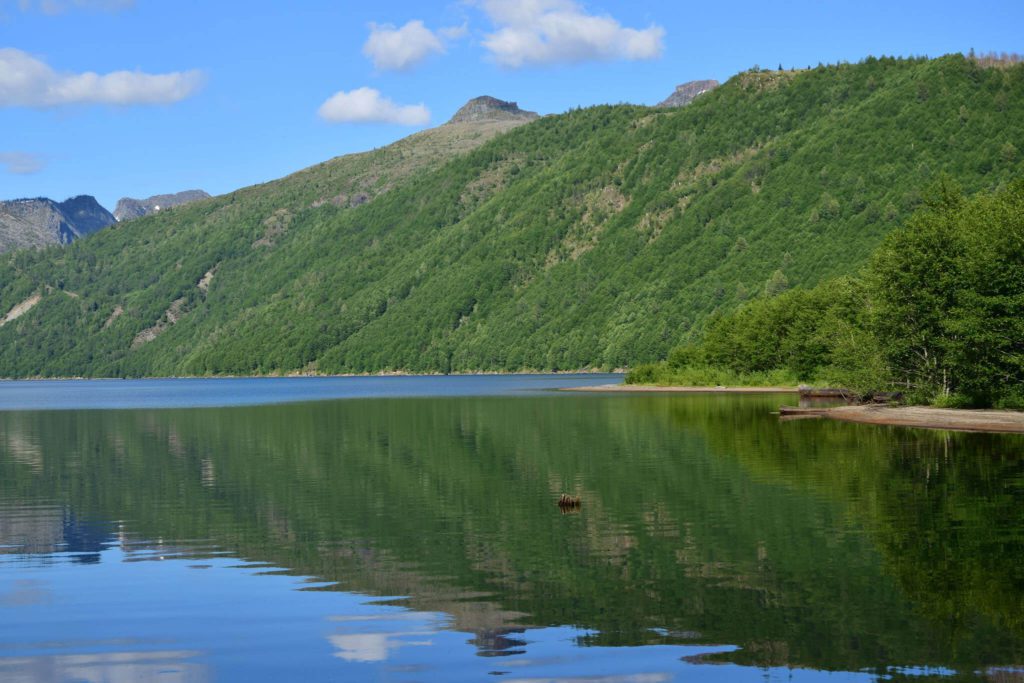
At the end of your day, make sure to stop at Coldwater Lake and take in the sights, even if you don’t hike the lake trails.
Leave the park and head home.
Want to Adjust the Itinerary
If you have less time in the park, stick to the Learning Center and the Observatory. We recommend doing a short hike along the Boundary Trail as it gives you great views of the volcano.
If you have more time, consider visiting Ape Caves. These caves are the empty lava tubes of the volcano. You can hike 2 miles total in the two different caves. However, these caves take about half of a day to visit as you have to access them from the south side of the park. If you visit the caves during the summer months, you’ll be able to join along with a ranger led tour of the caves.
Where to Stay
Staying close to Mt St Helens will allow you to get to the park early and start your day ahead of other visitors. We recommend staying along I-5 somewhere near highway 504. There are very few accommodations closer to the park. We found some really great and really inexpensive AirBnBs in the area. Additionally, hotels are also an option but they aren’t as conveniently located.
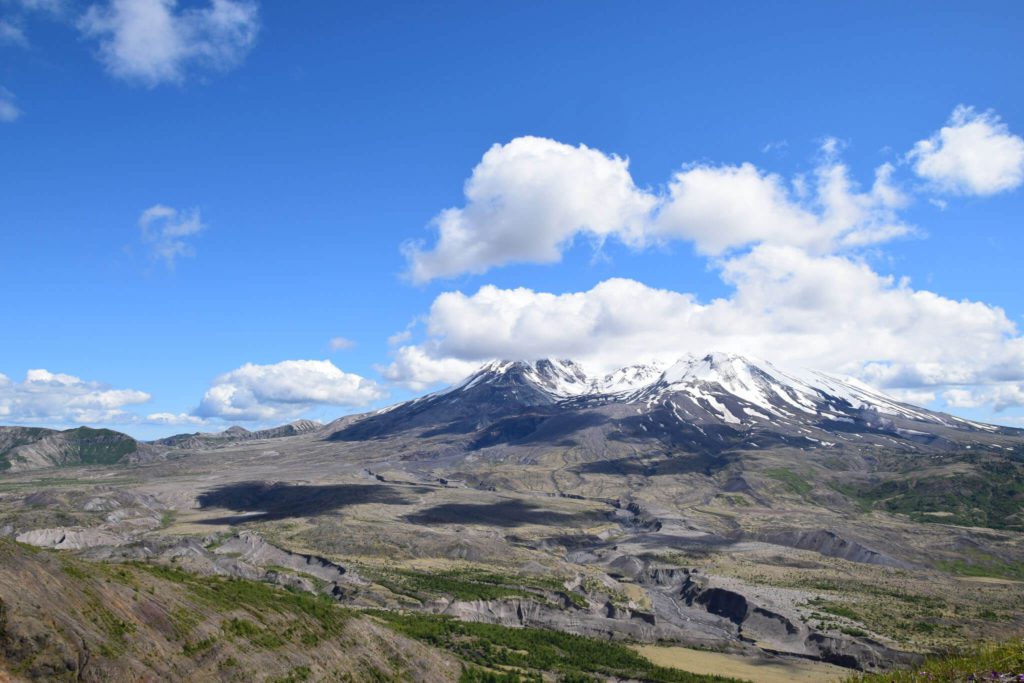
What to Budget
Access to Mount St Helens National Volcanic Monument requires an $5/vehicle/day admission fee. The American the Beautiful National Parks pass will get you in as well. If you visit Johnston Ridge Observatory, you’ll need to pay the $8/adult admission. Within the park, you shouldn’t need to spend additional money. However, if you plan to visit Ape Cave, you’ll have to pay the $2/person fee to reserve your ticket.
If you visit the Mt St Helens Visitor Center at Seaquest (and we don’t think you should), you’ll pay an additional $5/person. This park/area is one of those strange places that is operated by a ton of different entities so there are multiple visitor centers and gift shops. We think the Johnston Ridge Observatory and the Science and Learning Center are the best.
Accommodations near the park are relatively cheap. Hotels and vacation rentals average around $80/night.
We think that your best bet for food is to pack a lunch. Once you’re in the park, it’s a bit of a drive back to town. So if you pack a lunch, you’ll save money and get to spend more time in the park. If you do choose to eat in Castle Rock, food is pretty inexpensive averaging around $12/meal for a sit down lunch.
This volcano is one of the most interesting destinations in Washington and is definitely worth a visit. With so many things to do in Mt St Helens we think it is one of the best day trips in the state. We hope this post has helped you to plan your Mt St Helens trip and if you have any questions or comments, please leave them below.
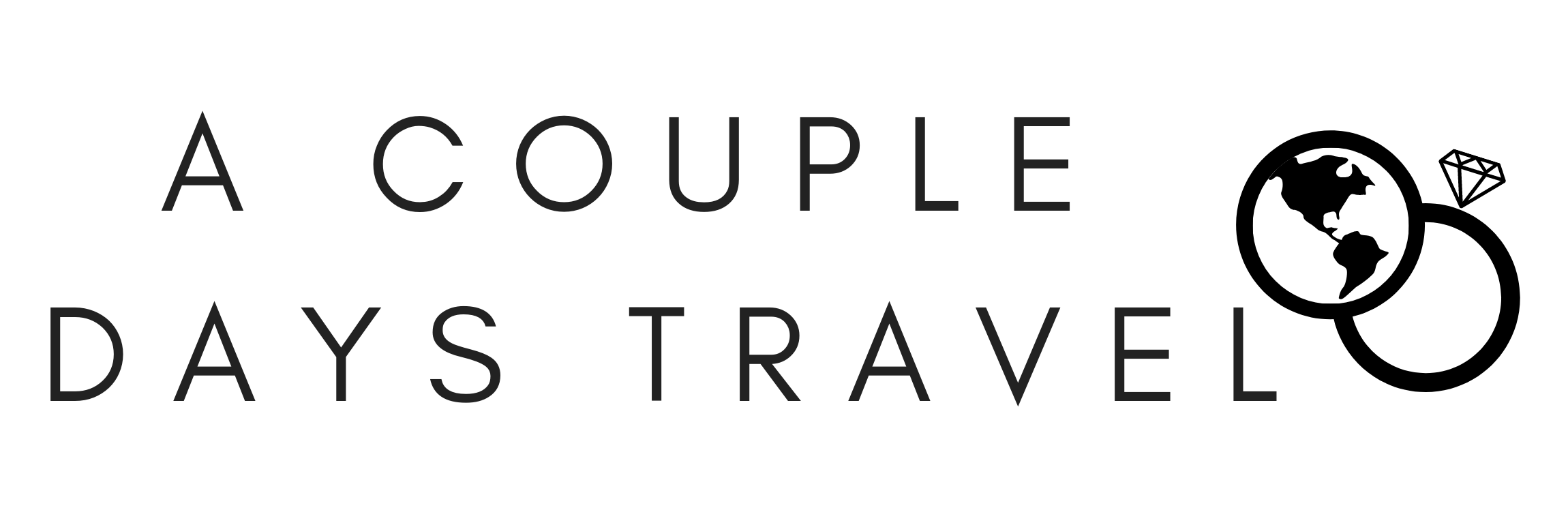
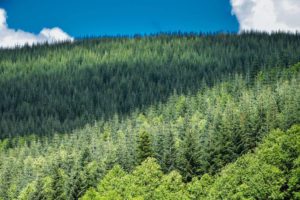


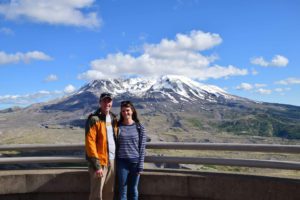
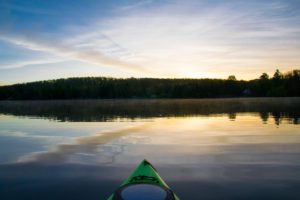
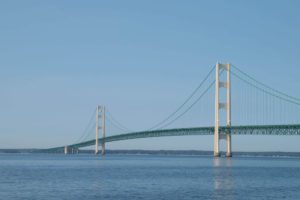
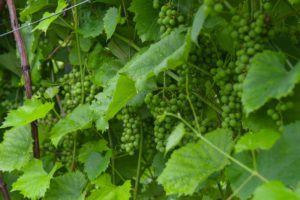
Access to the Johnston Ridge Observatory is closed until 2024 due to bridge/road damage. It’s my first time visiting the volcano so perhaps not the best year for a visit?
Thanks for the update. I’ve put that into the post for future readers 🙂 I think if you’ve never been and you aren’t interested in hiking, that you should save a visit for later. Johnston Ridge Observatory was the most easily accessible and most educational spot to learn/view Mt Saint Helens. However, if you’re interested in hiking, there are lots of hiking trails that can easily bring you to similar viewpoints.
Very useful information. Thank you!
Thanks! I hope you have a good visit 🙂